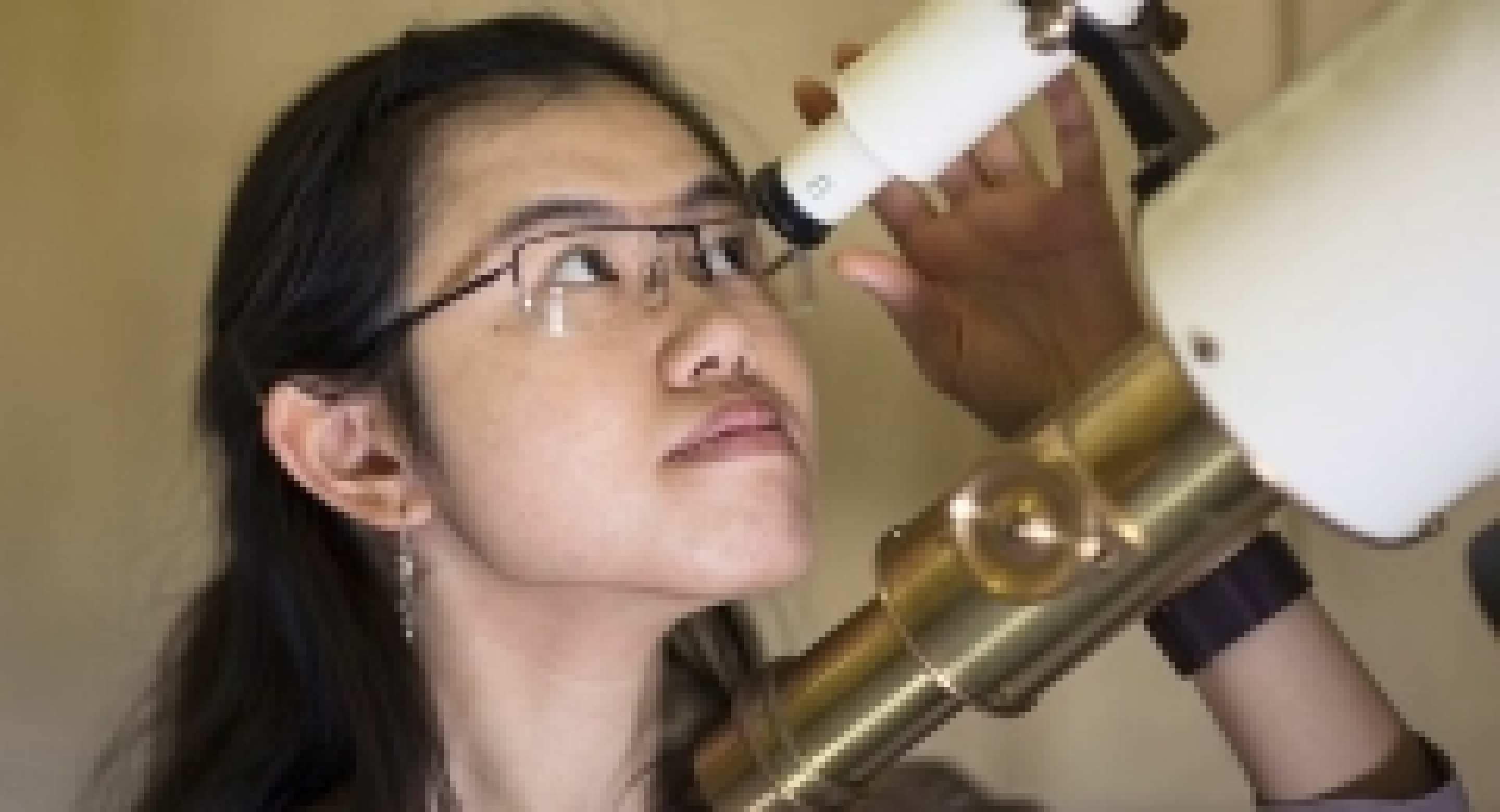
Eye spy: Physics student makes big discovery for star-gazing scientists
"For over 60 years, scientists believed these structures existed but by imaging them for the first time, we've provided visual evidence that they are really there," says Cleo Loi.

That's the major discovery made by physics undergrad Cleo Loi, beating international scientists to the punch. Scientists have for a while posited that the earth's magnetic field combined with energy from the sun would create huge tubes of plasma, but they've never before been seen – until Cleo figured out an ingenious way to use radio telescopes as giant eyes peering into the atmosphere.
"For over 60 years, scientists believed these structures existed but by imaging them for the first time, we've provided visual evidence that they are really there," says Cleo, who is based at the ARC Centre of Excellence for All-sky Astrophysics (CAASTRO).
As part of her undergraduate research thesis (which won the Australian Astronomical Society's 2015 Bok Prize), Cleo arranged the Murchison Wide Field Array in the Western Australia desert to effectively function like two human eyes and see the earth's magnetosphere in 3D, leading to the detection of the elusive plasma tubes.
"The discovery of the structures is important because they cause unwanted signal distortions that could, as one example, affect our civilian and military satellite-based navigation systems. So we need to understand them," she says.
Cleoe's work was published in Geophysical Research Letters last week, and was reported in the Sydney Morning Herald and by IFL Science.